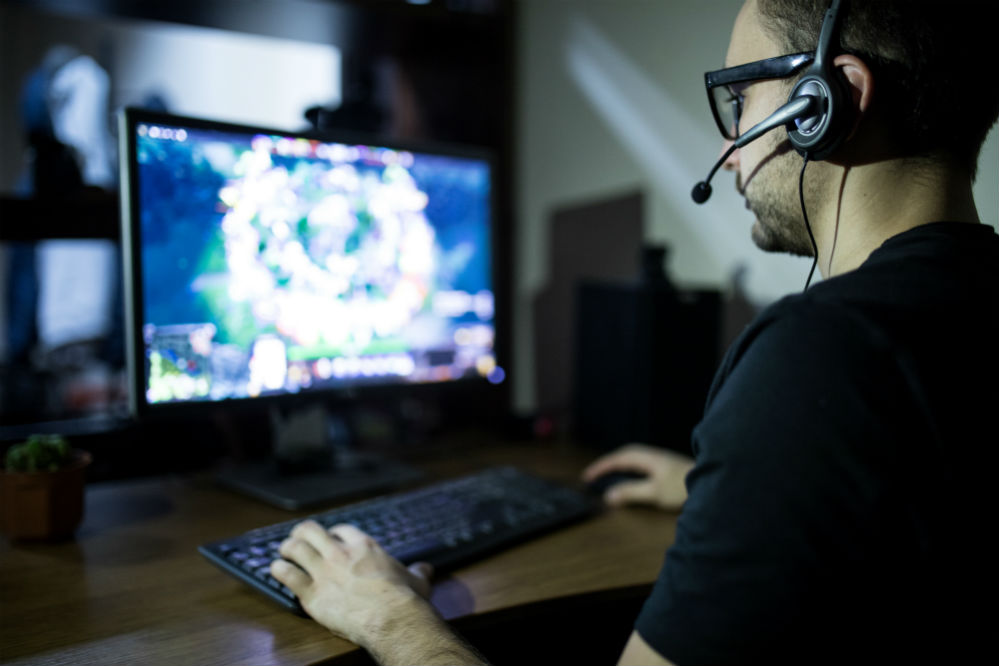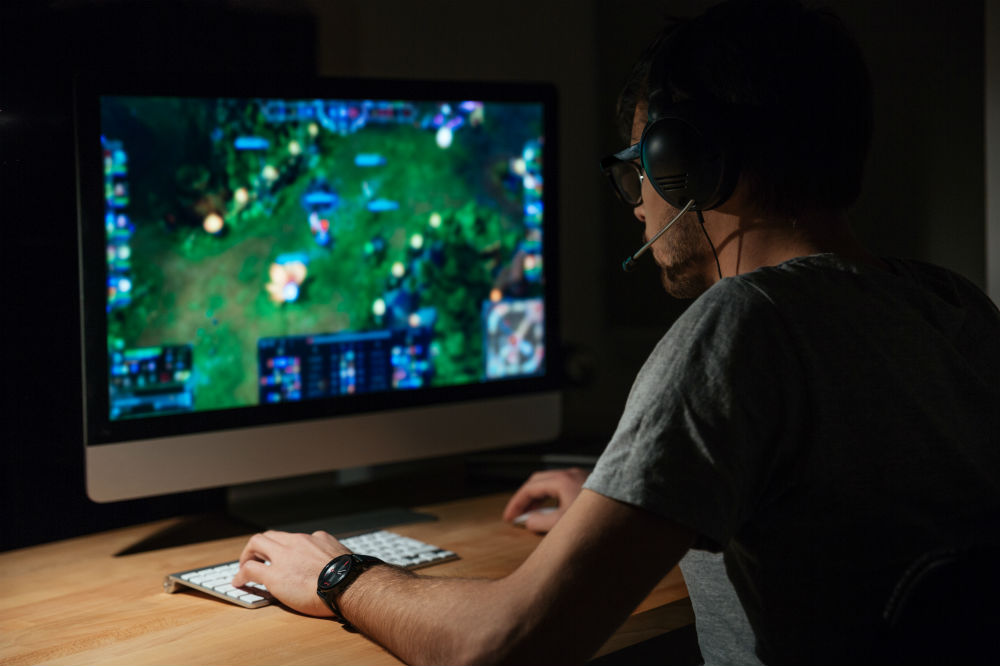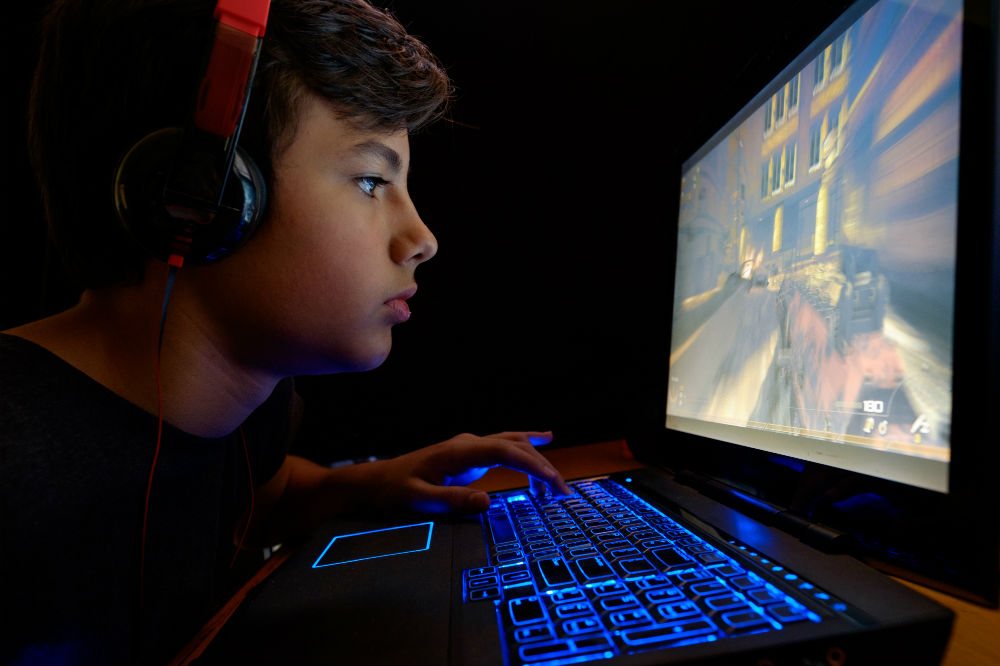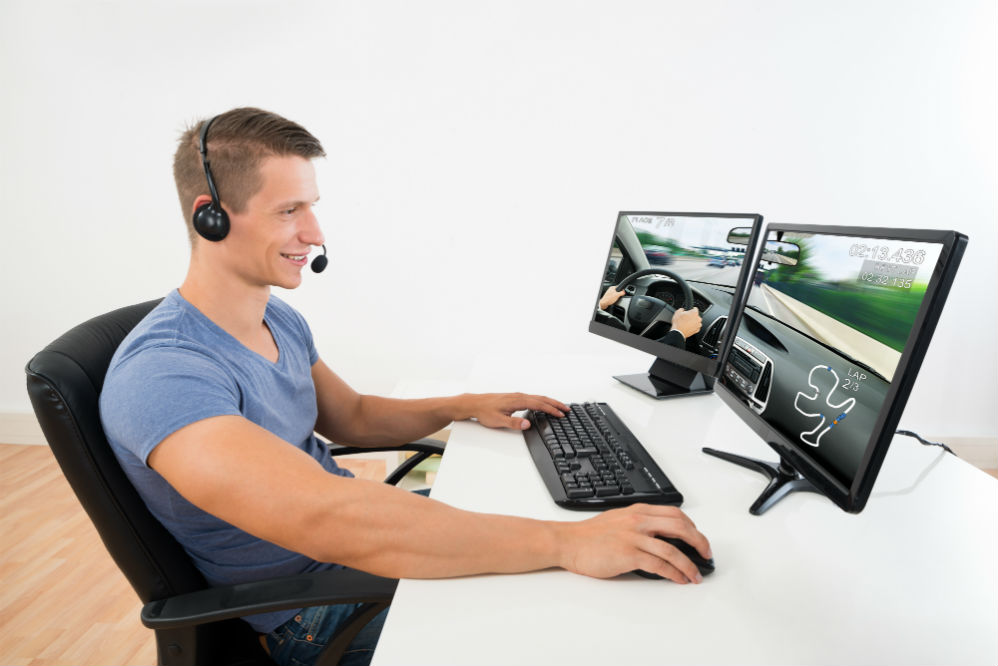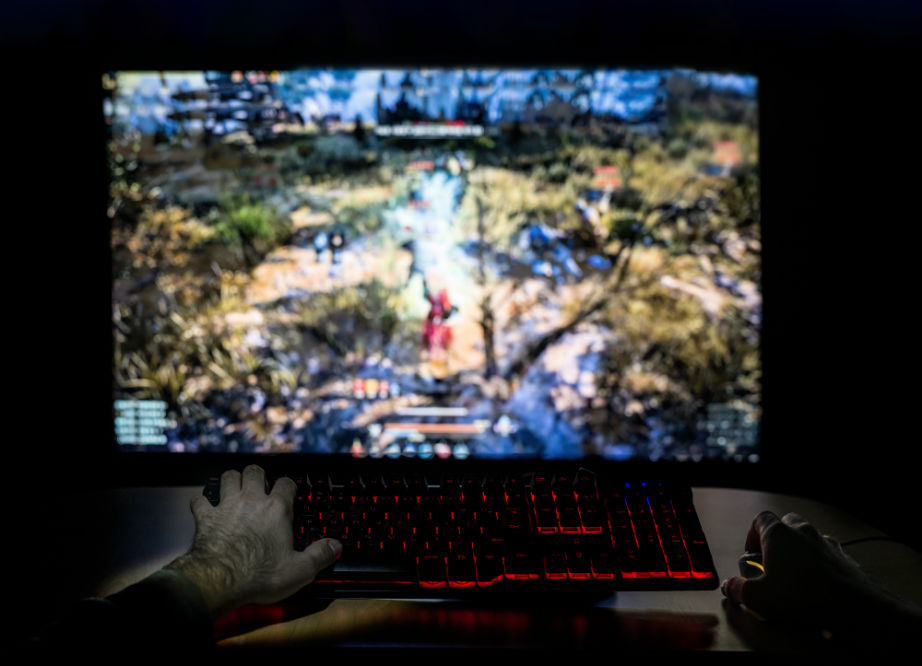Whether it is a monitor or TV that you are using for computer games, make sure that it has an available USB port where you can directly plug in your device. As experienced gamers know, high resolution and smooth transition of images result to an ultimate gaming experience. This article helps you choose between monitors vs TV for gaming purposes.
Initially, the TV was intended for entertainment while a computer monitor was used to display information from the computer. As the years pass by, around the 1980s, the monitor was used for both entertainment and data processing, and the TV started to have some functionalities of a computer.
Today, the two have overlapping functions. The computer monitor can be easily interchanged with an ordinary TV set, but it does not work the other way around. Since a computer monitor doesn’t have TV speakers and tuner, it is not viable to use it as a TV unless with required external components.
Monitors vs TV for Gaming: The Differences
TVs take more time to respond than monitors. For gamers who don’t mind this quality and possible aliasing, TV is just a good alternative as a monitor. However, monitors are better when it comes to gaming because they are more responsive.
Here are the notable differences between a monitor and a TV:
1. Screen size
The most evident difference between monitors and TVs is the size of the screen. Modern televisions have the size that ranges from desk-friendly size to over 100 inches. Many household sports TVs range from 30 inches to 60 inches.
It is easier for a gamer to use a huge TV screen especially when you play from the couch. Big TV screens also make split-screen multiplayer mode more appealing. On the other hand, monitor screen size ranges from 19 inches to 27 inches. Gamers are not very specific about it because they view it up close.
2. Response Time
It is essential for gamers to have a screen that supports smooth camera movement. With this specification, there is less or no motion blurring and ghosting. Response time, more technically called pixel response time, refers to the speed a pixel can alter the color from one shade of gray to another or from black to white.
Generally, a TV has a higher response time than a monitor, approximately 10ms. However, manufacturers rarely reveal this information to prevent consumer bias. There is no specific way on how much motion blur a TV has, but you can personally test a TV to know.
3. Resolution
Resolution is the number of individual pixels present on the screen. This means that the higher number of pixels, the sharper and clearer that image is. It also means that a bigger screen has a higher number of pixels.
A TV has a lower resolution than a monitor. It comes in HD ready (720p), full HD (1080p), and 4K (2160p) variations. TV resolution also comes with the size. Small TVs have 720p while the bigger ones, 32 inches and above, have full HD resolution. TVs don’t really need high resolution because they are intended to be viewed from afar.
On the other hand, monitors have higher resolution than TVs, and they are full HD (1080p), QHD or 2K (1440p), and UHD or 4K (2160p). They also have a screen size that ranges from 19 inches to 27 inches, which is just enough for viewing up close.
4. Connectors
When you take a closer look at the back of the TV and monitor, you can notice the significant difference between the two. They have different kinds of ports.
The monitor has the following outputs and inputs:
- The 5mm audio out, which is a convenient way to connect speakers and headphones to the monitor rather than to the back panel or front case of CPU.
- The HDMI 1.4/ 2.0 that transfers audio and video.
- The DisplayPort 1.4 which transfers audio and video on PC.
On the other hand, TVs only have HDMI ports (usually two) for transferring videos, and they do not have DisplayPort. They also have a 3.5mm audio jack, one to two USB ports, and some home cinema settings. A coaxial connector is also available where the antennae and cable can be connected for a stable TV signal.
5. Input Lag
A TV is ideal for consoles because gamers are sitting further from the screen that makes the display appear bigger. However, there might be input lag in TVs, so make sure that it has this technical feature that deals with image post-processing bypass mode or the so-called “game mode.”
The game mode helps reduce the input lag that results to more responsive and smooth gaming experience. Ideally, the TV should have less than 16ms to 32ms.
6. Refresh Rate
The refresh rate refers to the number of images displayed per second. Typically, a gaming monitor has a refresh rate that ranges from 60Hz to 240Hz which provides a very smooth and responsive fast-paced gaming experience. Meanwhile, the refresh rate of a TV screen is as low as 60Hz, but few TV models support 120Hz at a resolution of 1080p.
How to Choose a Good Monitor for Gaming?
Gamers can feel the difference between using monitors vs TV for gaming. There is a wide variety of monitors and TV in the market, but how would you know that you are buying a good one? The number one consideration when buying a monitor or TV is the intended purpose. Would you use it purely for gaming purposes?
If yes, then you should pay attention to high refresh rate and low response time. For professional use, the color accuracy is essential, while for general purposes, the monitor or TV must have a high contrast VA panel.
A TV or monitor with high resolution has a sharper picture. The resolution refers to the number of pixels a monitor or TV has. When it comes to gaming monitors, you can get a minimum of 1080p (full HD) up to 4k image resolution.
Final Words
Monitors have better technical specifications and features when it comes to the gaming experience, so they provide sharper images, prevent image blurs, and project smooth image transitions. Take note though that TVs are better when it comes to console gaming because gamers can sit from afar and make the screen appear larger.
No matter which between a monitor and a TV you choose, it is important not to break the bank. You can use a cheaper alternative while you are saving up for a more advanced display.

